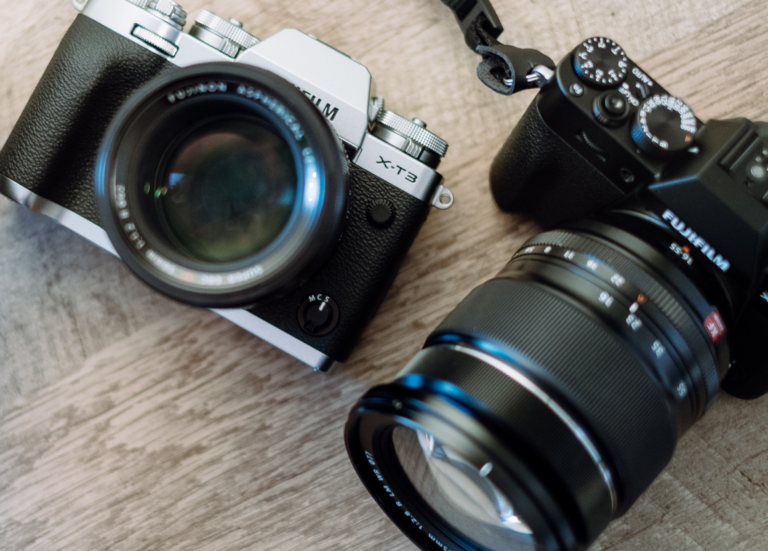Some trips, like safaris and expeditions, are best shot with a camera, instead of one’s phone. Photography is an exciting art form that combines creativity with technical skills. If you’re new to photography, this guide will provide you with fundamental information and tips to make your journey smoother and more enjoyable. Here are some essential tips to get you started:
1. Get to Know Your Camera
Before diving into photography, it’s important to understand the basic functions and settings of your camera. Familiarize yourself with how to control ISO, aperture (f-stop), and shutter speed by reading your camera’s manual or exploring online resources. These settings can significantly affect the quality and appearance of your photos.
2. Learn Composition Rules
A strong composition is the foundation of a great photograph. Learning composition rules will help make your photos more appealing and professional. Here are a few basic composition rules to consider:
- Rule of Thirds: Divide your frame into thirds both horizontally and vertically, and place key elements along these lines or at their intersections.
- Leading Lines: Use lines in your scene to lead the viewer’s eye toward the main subject.
- Symmetry and Balance: Arrange elements in your frame to achieve a balanced and harmonious look.
3. Utilize Proper Lighting
Lighting is one of the most crucial aspects of photography. Proper lighting can greatly impact the quality of your images. Here are some lighting tips:
- Natural Light: Daylight is often soft and natural. Early morning and late afternoon light is typically softer and has a golden hue.
- Artificial Light: When using artificial lighting, control the direction and intensity of light to balance shadows and highlights.
4. Focus and Depth of Field
Focus and depth of field are key components of a sharp and clear photograph. Consider the following:
- Auto and Manual Focus: Auto-focus is convenient, but manual focus can give you more control over specific points of focus.
- Depth of Field: Adjust the aperture (f-stop) to control which parts of your photo are in focus and which parts are blurred.
5. Practice and Gain Experience
Finally, the best way to improve your photography skills is through practice. Experiment with different subjects and settings to gain experience. Don’t be afraid to make mistakes; each mistake is a learning opportunity. Review your photos, seek feedback, and continuously strive to improve.
Conclusion
Starting with photography can seem overwhelming at first, but learning and applying these basic concepts will make the process more enjoyable and rewarding. Get to know your camera, apply composition rules, use lighting effectively, pay attention to focus and depth of field, and practice regularly. With these tips, you’ll be on your way to capturing stunning photographs and developing your skills.


